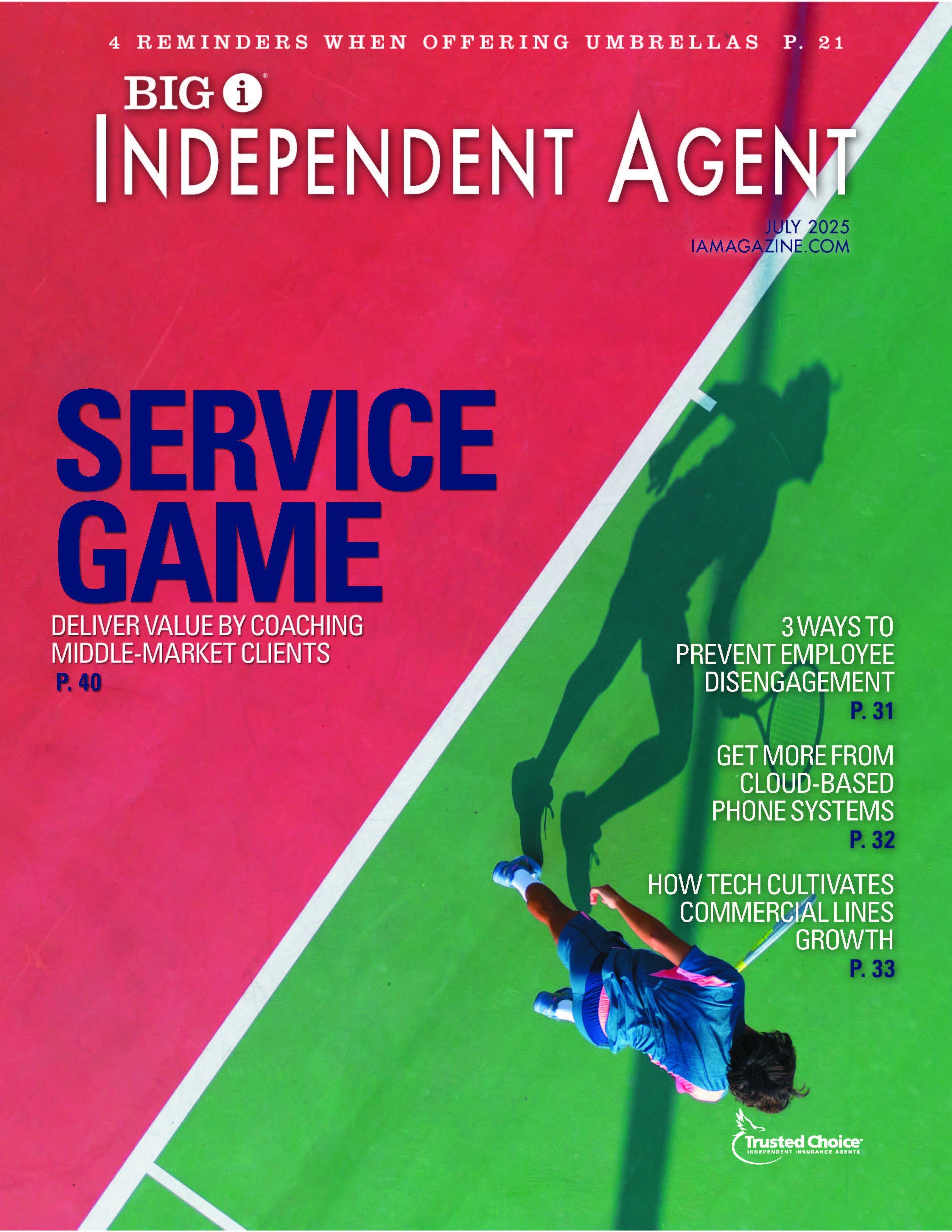5 Best Practices for Creating an Optimal Customer Experience

By: Joshua Cruce
Bob Dylan was right: “The times they are a-changin.” I, for one, am happy to see the evolution, especially in the insurance market. Generational turnover, industry talent turnover and InsurTech have all driven our industry to place the customer at the center of their personal buying and claims experiences. The customer’s experience comes first, or they can and will take their business elsewhere—especially now that it has never been easier to switch.
Here are five core practices you can focus on to provide your customers with the experience they want:
1) Listen to the customer. People will tell you exactly what they want. You just have to listen. When a customer is frustrated, it means something in the process is not working for them. Train your team to focus on diagnosing the customer’s core frustration and determine how you can adjust to meet the needs of your policyholders.
For example, “I was on hold too long” can be translated as: “I had a simple question, and the answer was too painful to acquire.” This could drive you to create an FAQ page and prominently place it on your website so customer questions can be answered with ease.
2) Be the customer. When evaluating your service offering and organizational strategy, try looking at it from the customer’s perspective. Although a certain workflow may work for your team, it may not work for the customer. Put yourself in their shoes:
- If I was the homeowner, how would I want to be informed on how my claim is going?
- Do I really want to get a call when a text will do?
- It would be great to get a notice 30 minutes prior to my appointment so I can be ready.
This mindset should guide your service levels and improve processes.
3) Create a culture, not a buzzword. Saying you value your customer’s experience is one thing but delivering on that requires a cultural shift within your organization. This can be challenging but it is 100% worth it.
The drivers behind your hiring, training and company culture should be rooted in a focus on the customer. If a claims manager can settle hundreds of claims a month but is never available for a call from a customer, it doesn’t work.
4) Provide omni-channel lines of communication. Everyone communicates differently and when you are engaging a policyholder, you want multiple lines of communication to be open for them, day or night. Whether it’s email, phone, text, webchat or self-service, providing multiple lines of communication and opportunities to support the customer creates a trusting atmosphere for the customer and can go a long way in alleviating stress.
5) Evolve. Customers evolve. Their needs evolve. How they communicate their needs evolves. The customer must dictate the product and the way they receive it.
Every quarter, perform an analysis on your customers’ feedback and habits. How do they communicate? When do they communicate? What are their points of frustration? Where are the wins? However, don’t forget to acknowledge what you’re doing right.
Map these data points over time and you will see an evolution. Review your product and support services and ensure they are evolving in line with your customer.
Joshua Cruce is chief strategy officer at Brush Country Claims, which offers a human-led, tech-enabled full claims solution.









